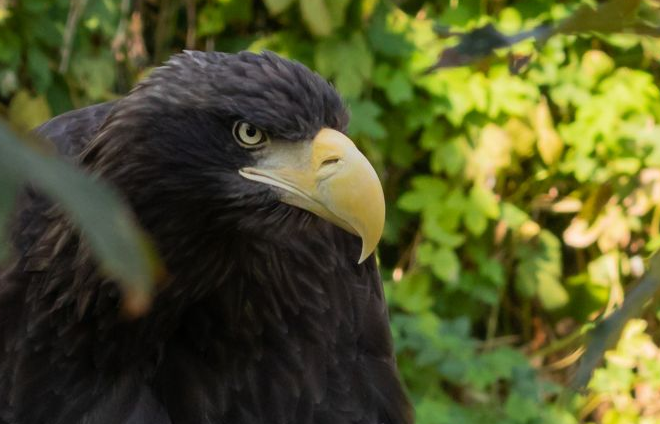Russia is a land of vast landscapes, rich cultures, and diverse wildlife. And when it comes to national animals, none is more fitting than the brown bear. This majestic creature has been a symbol of Russia for centuries, with its image appearing on everything from coins to the country’s coat of arms. In this article, we will explore the fascinating world of Russia national animal, the brown bear.
The brown bear, or Ursus arctos, is one of the largest carnivorous mammals in the world. In Russia, it is found in many regions, from the forests of Siberia to the mountains of the Caucasus. The brown bear is a fascinating animal, with a rich history and cultural significance in Russia.
The Brown Bear in Russian Culture
The brown bear has been a part of Russian culture for centuries. It has been featured in folk tales, songs, and even in the country’s coat of arms. For many Russians, the brown bear symbolizes strength, courage, and independence. It is often associated with the rugged beauty of Russia’s wilderness and the resilience of its people.
The Habitat of Russia National Animal
The brown bear is found in many different habitats in Russia, from dense forests to open tundra. It is a highly adaptable animal, able to survive in a wide range of environments. However, it is most commonly found in the taiga, a vast forested region that stretches across Siberia and northern Russia.
The Diet of Russia National Animal
The brown bear is an omnivore, meaning it eats both plants and animals. In Russia, its diet varies depending on the region and the time of year. In the spring and summer, the brown bear feeds on berries, nuts, and grasses. In the fall, it focuses on fattening up for the winter by eating large quantities of salmon and other fish. During the winter, the brown bear enters a state of hibernation, during which it survives on stored body fat.
Threats to the Brown Bear in Russia
Despite its iconic status, the brown bear faces many threats in Russia. Habitat loss, hunting, and climate change are all putting pressure on this magnificent animal. Illegal poaching remains a significant problem, as bear parts are still in high demand for traditional medicine and other uses. Fortunately, many organizations and individuals are working to protect the brown bear and its habitat in Russia.
Conservation Efforts in Russia
Russia has made significant strides in recent years to protect the brown bear and its habitat. Many national parks and wildlife reserves have been established to provide a safe haven for this iconic animal. Hunting regulations have been put in place to ensure that bear populations remain stable. In addition, many conservation organizations are working to raise awareness about the importance of protecting the brown bear and its habitat.
Conclusion
The brown bear is an essential part of Russia’s natural heritage and cultural identity. It represents the strength, resilience, and adaptability of the Russian people and their relationship with the land. It is crucial that we continue to protect this magnificent animal and its habitat for future generations to enjoy.
FAQs
- Is the brown bear dangerous to humans?
Yes, the brown bear can be dangerous to humans if it feels threatened or if humans invade its territory. It is important to take precautions when hiking or camping in bear country, such as carrying bear spray and making noise to avoid surprising the bears.
- How long do brown bears live?
Brown bears in the wild can live up to 25 years, although most only live to be around 20 years old.
- What is the brown bear’s scientific name?
The brown bear’s scientific name is Ursus arctos. It is part of the bear family Ursidae and the order Carnivora.
- How many subspecies of brown bear are there in Russia?
There are two subspecies of brown bear found in Russia: the European brown bear and the Siberian brown bear.
- Are brown bears endangered in Russia?
The brown bear is not currently considered endangered in Russia, but it is classified as a vulnerable species due to habitat loss and hunting. Conservation efforts are ongoing to protect this magnificent animal and its habitat for future generations.

